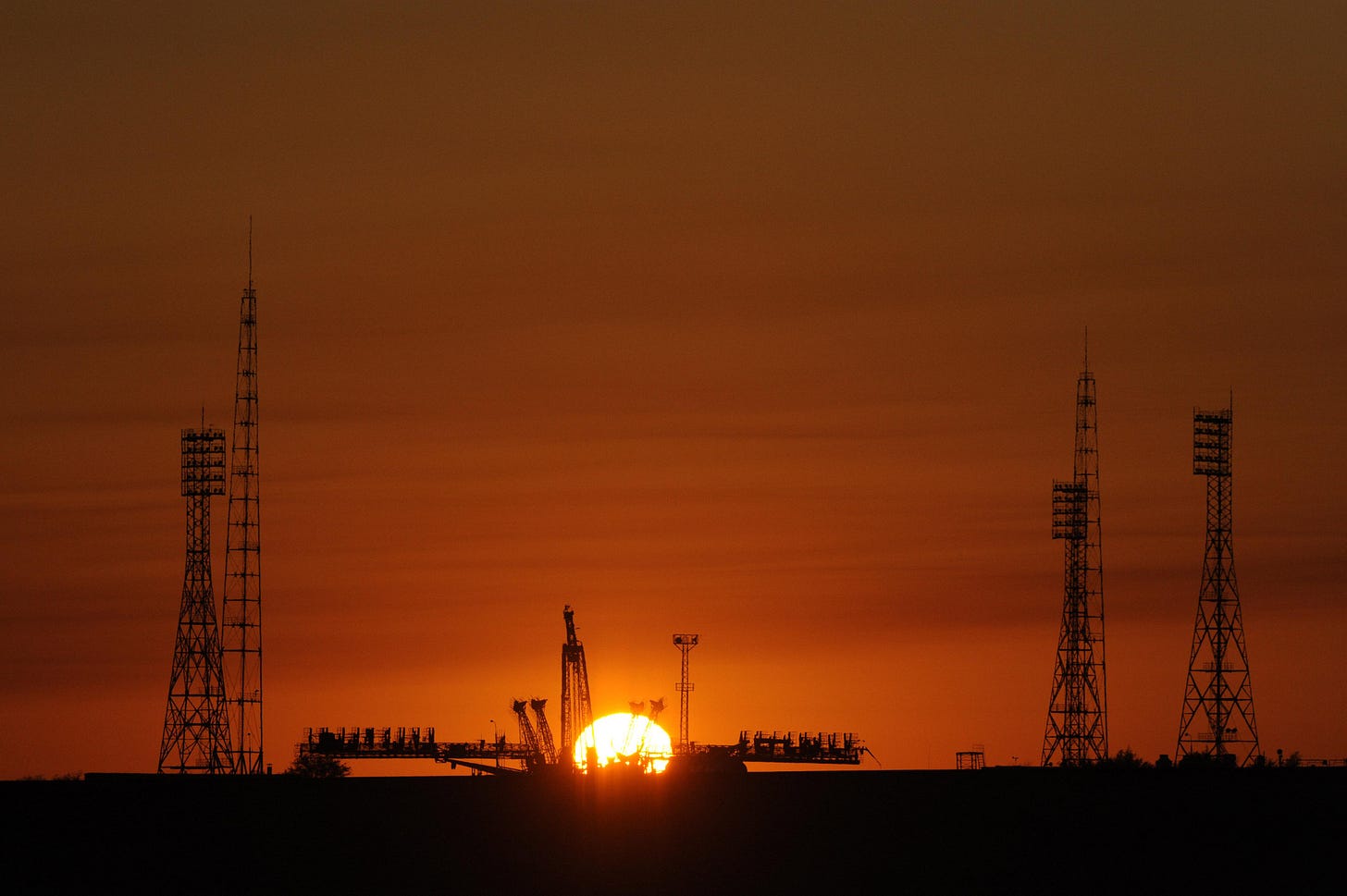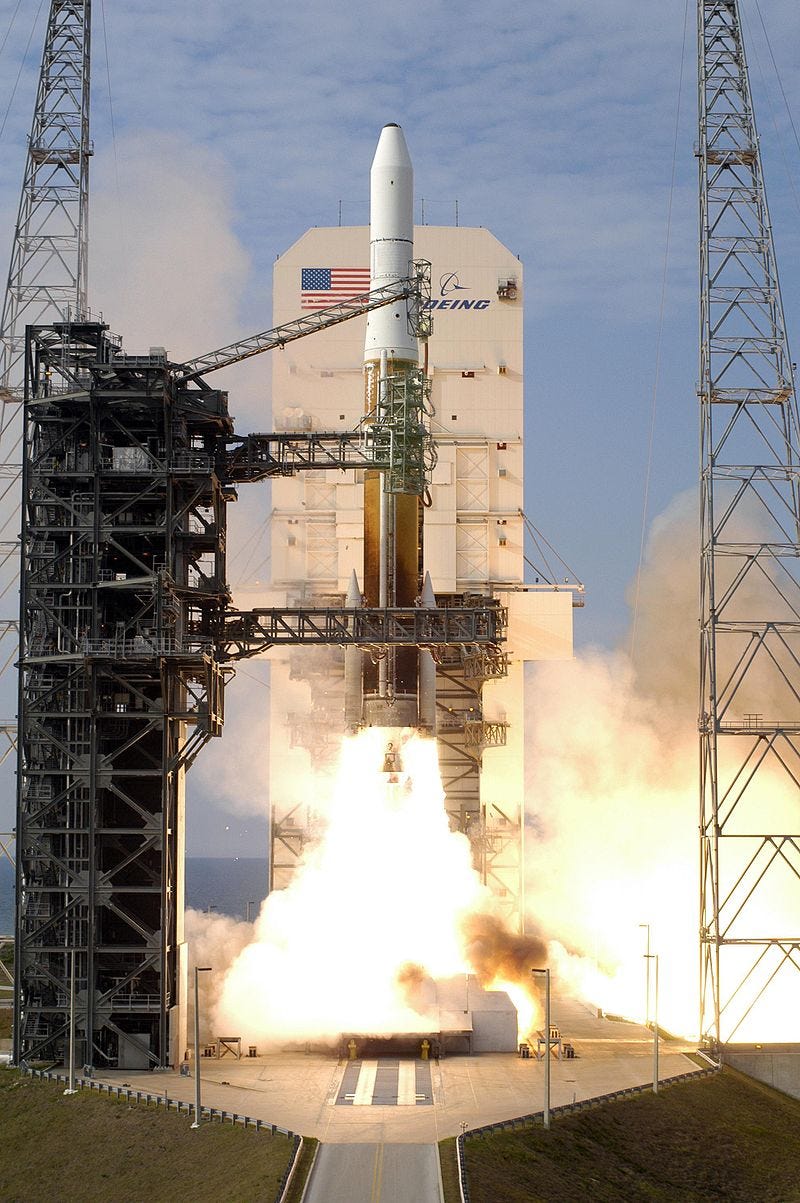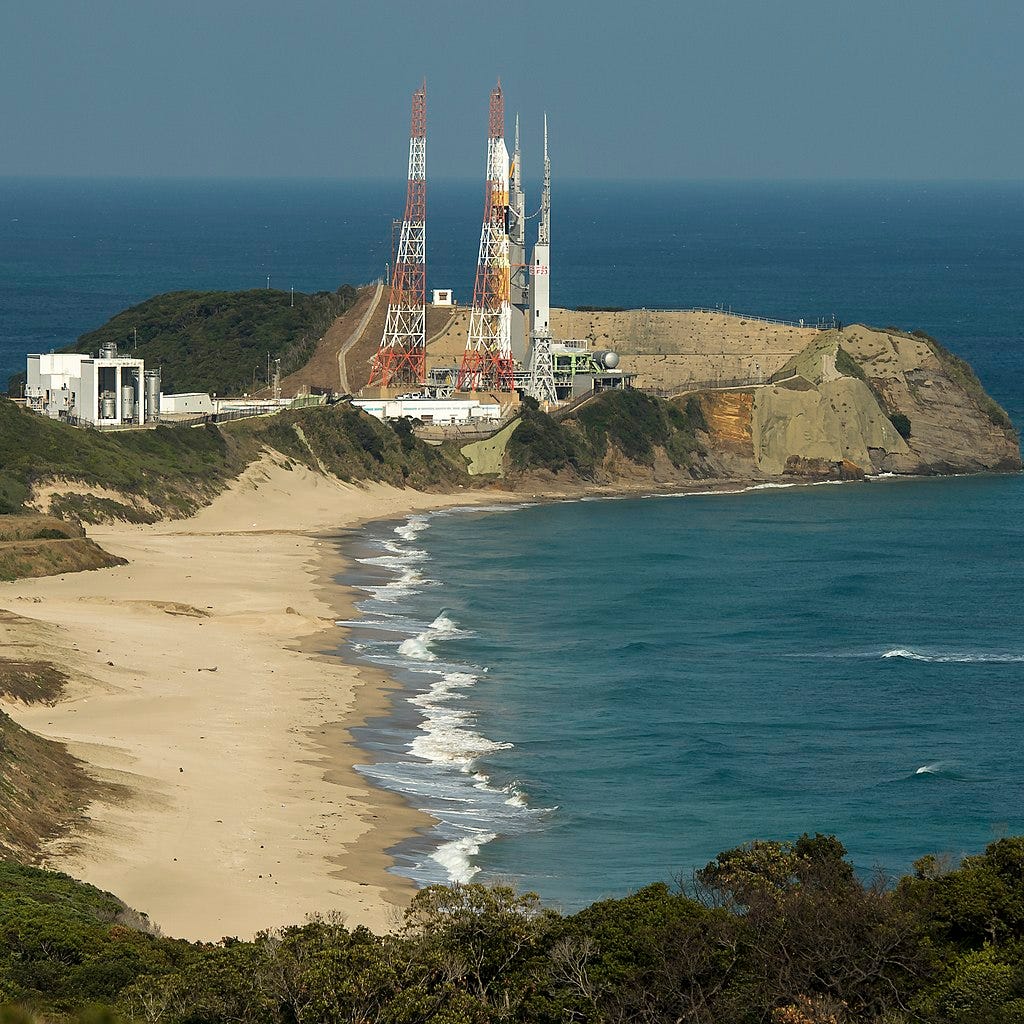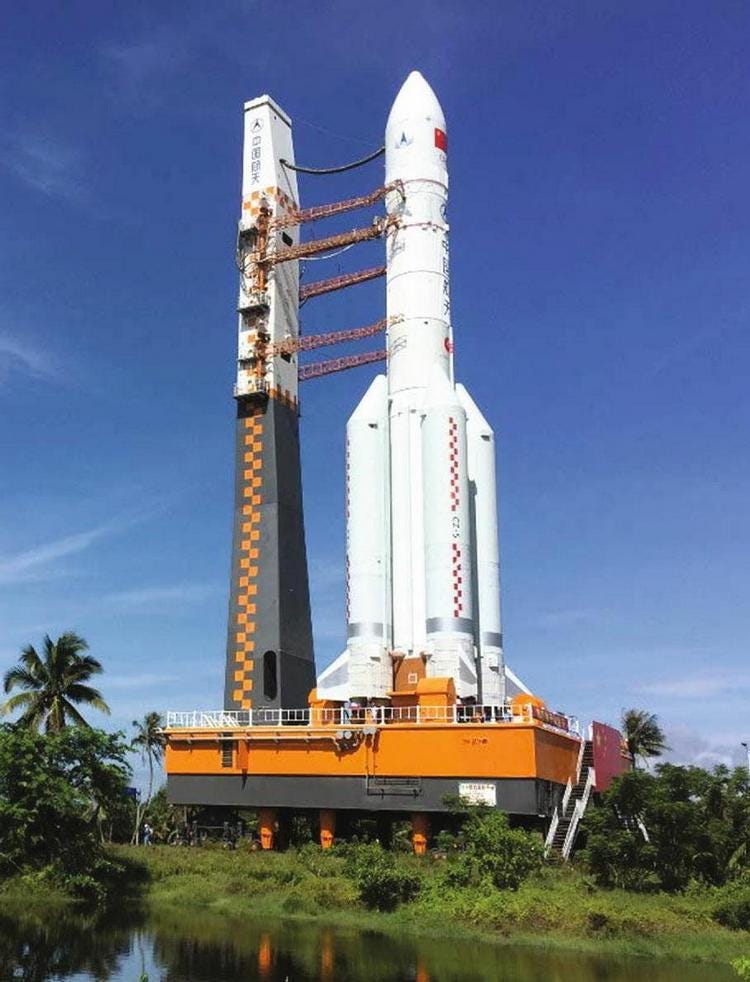Top 10 Space Launch Pads
Based on historical background, notable launches and facilities.
Space launch pads are of utmost importance in the field of space exploration and satellite deployment. They provide essential infrastructure and facilities for the assembly, testing, and launch of rockets. They include launch complexes, vehicle assembly buildings, propellant storage facilities, control centres, and tracking stations. These infrastructure elements are designed to ensure safe and efficient launches.
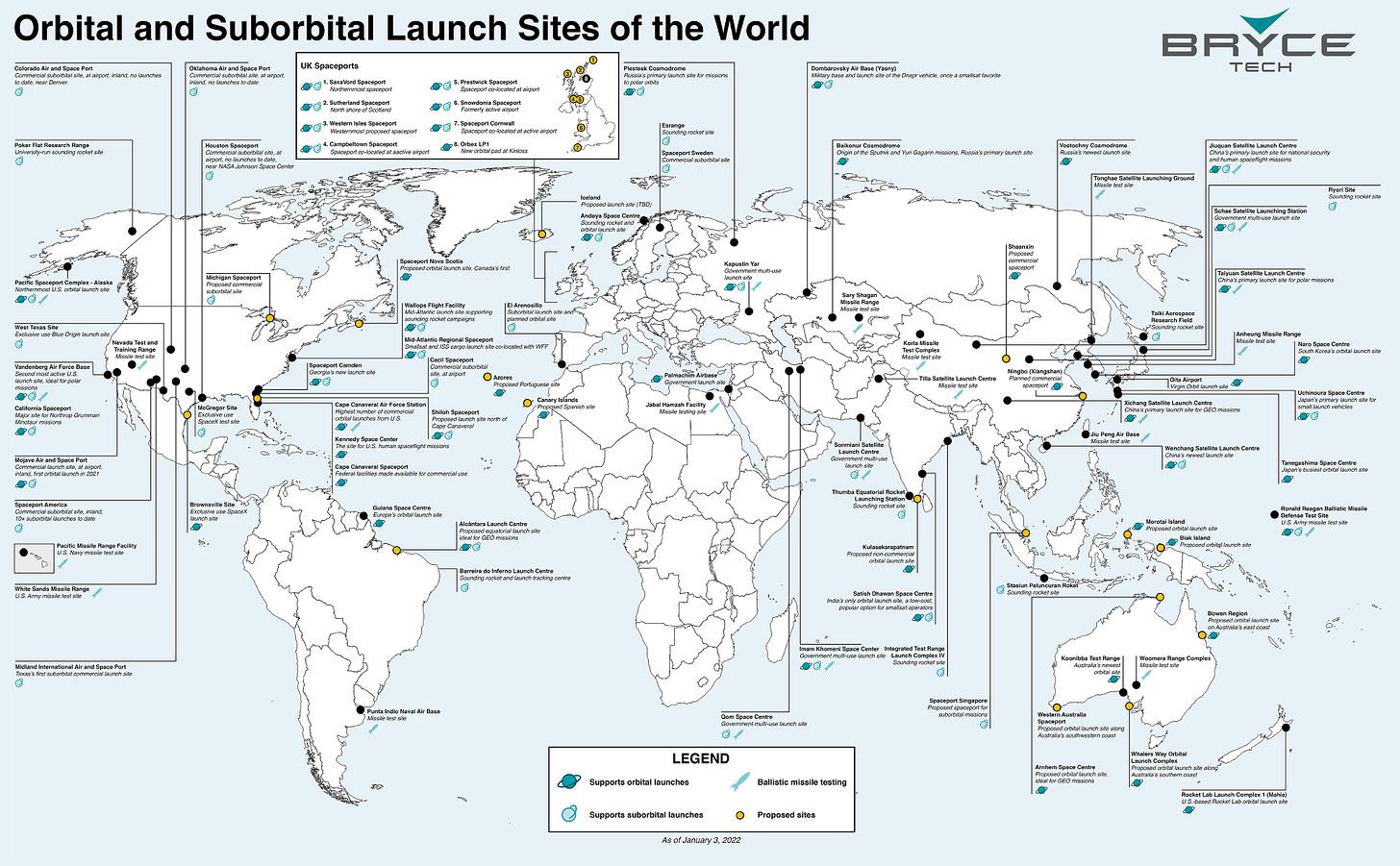
Launch pads are strategically located to take advantage of specific geographical features. Factors such as proximity to the equator or a remote location with open airspace play a crucial role in optimizing launch trajectories, payload capacity, and fuel efficiency. The selection of launch pad locations takes into account factors like safety, trajectory requirements, and access to necessary resources. Different types of missions require specific orbital inclinations and launch trajectories. Space launch pads are chosen based on their ability to support the desired orbits. Some launch pads are suitable for polar launches, while others are ideal for reaching geostationary orbits.
Today we will discuss top 10 space launch pads which have witnessed significant rocket launches, contributing to human space exploration, satellite deployment, and scientific research. Each location offers unique facilities and advantages that make them crucial hubs for space missions from around the world.
Baikonur Cosmodrome (Kazakhstan):
History: Established in 1955, Baikonur Cosmodrome is the world's oldest and largest operational space launch facility. It was chosen by the Soviet Union due to its vast open steppes and remote location.
Notable Launches: The first manned spaceflight by Yuri Gagarin in 1961, launches of Soyuz spacecraft, and numerous space missions of the Russian space program happened here.
Baikonur Cosmodrome hosts multiple launch complexes, assembly buildings, tracking stations, and living quarters for cosmonauts.
Kennedy Space Centre (United States):
History: Established in 1962 in Florida, Kennedy Space Centre is NASA's primary launch facility for human spaceflight. Its location on the east coast provides a strategic advantage for launches into various orbits.
Notable Launches: Apollo Moon missions, Space Shuttle program, launches of Mars rovers, and commercial crew missions to the International Space Station have taken place here.
The Space Centre is known for its Launch Complex 39A and 39B, Vehicle Assembly Building, Launch Control Centre, and multiple launch pads.
Cape Canaveral Space Launch Complex (United States):
History: Adjacent to Kennedy Space Centre, the Cape Canaveral Space Launch Complex has been utilized since the late 1950s for various military, scientific, and commercial launches.
Notable Launches: Early American satellite launches, the first U.S. manned spaceflight by Alan Shepard, planetary missions like Voyager and Mars rovers, and commercial launches.
It has various launch complexes and pads, integration facilities, and range instrumentation systems.
Vandenberg Space Force Base (United States):
History: Located in California, Vandenberg Space Force Base is primarily used for polar launches, enabling satellites to be placed into sun-synchronous or polar orbits.
Notable Launches: Classified military satellite launches, scientific missions such as those studying Earth's climate, and launches of SpaceX Falcon rockets.
This base possess Space Launch Complexes 2, 4, 5, and 6, Western Range Tracking and Command facilities, and integration buildings.
Jiuquan Satellite Launch Centre (China):
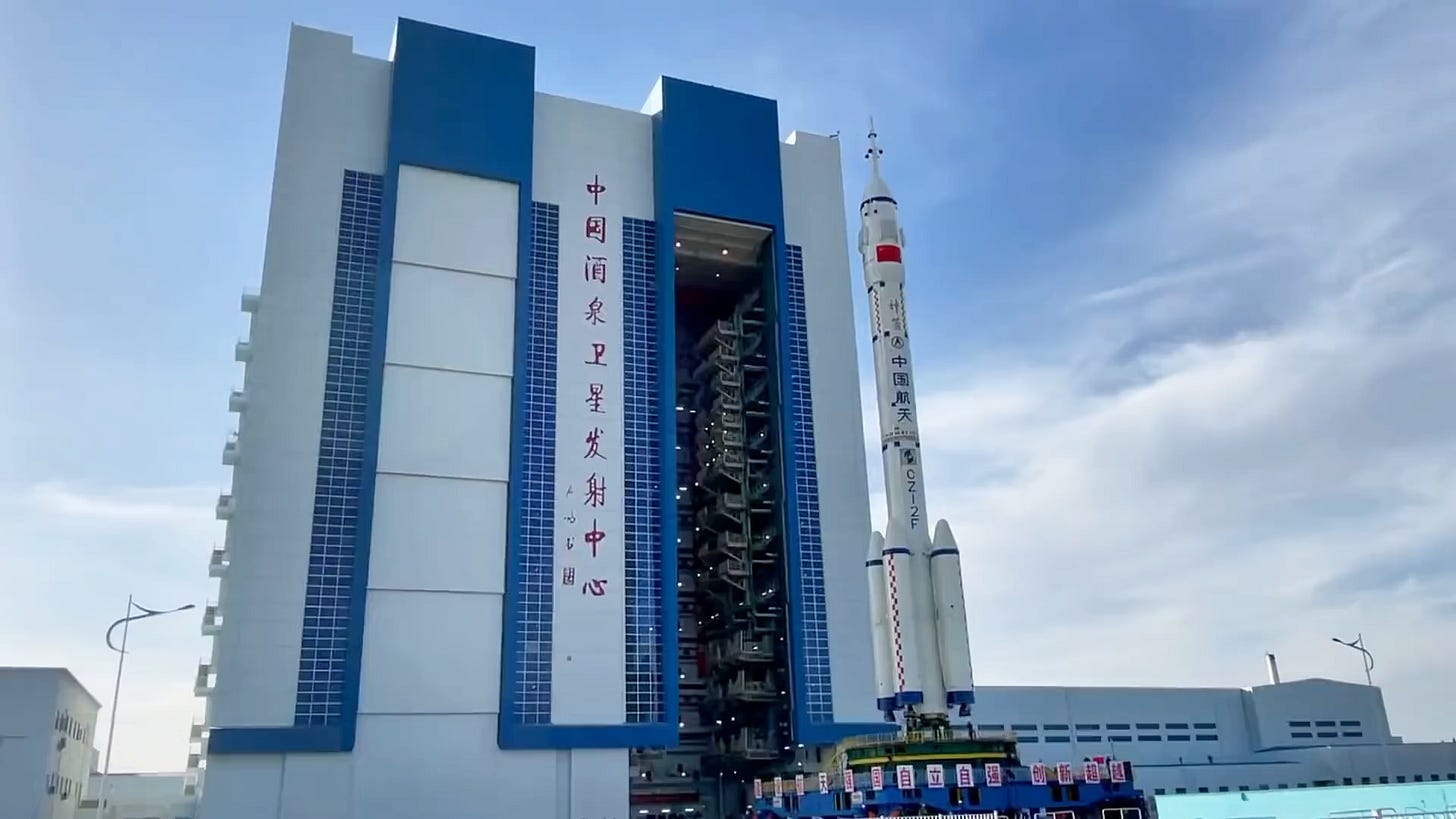
History: Established in 1958, Jiuquan Satellite Launch Center is China's oldest and largest space launch facility. It was chosen for its remote location in the Gobi Desert.
Notable Launches: China's first manned spaceflight, Chang'e lunar missions, and various satellite launches for communication, Earth observation, and scientific research.
This launch centre has multitude of facilities such as multiple launch complexes, satellite integration and testing facilities, tracking stations, and living accommodations for astronauts.
Satish Dhawan Space Centre (India):
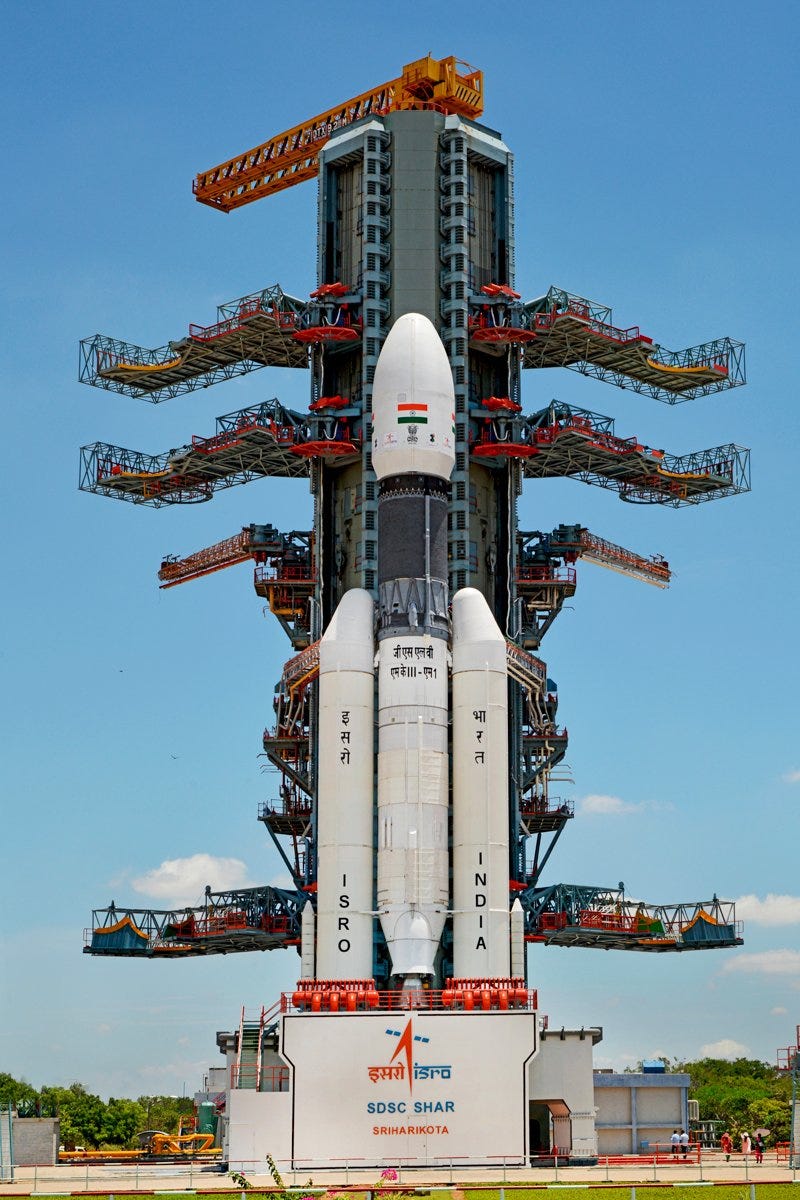
History: Formerly known as Sriharikota Range, Satish Dhawan Space Centre is India's primary spaceport. It was chosen due to its location on the eastern coast, enabling launches over the Bay of Bengal.
Notable Launches: Chandrayaan lunar missions, Mars Orbiter Mission, and numerous satellite launches for communication, navigation, and Earth observation.
Multiple launch pads, solid and liquid propulsion systems facilities, vehicle assembly buildings, and tracking stations are present at this Space Centre
Guiana Space Centre (French Guiana):
History: Located in French Guiana, the Guiana Space Centre is a major spaceport for the European Space Agency (ESA) and Arianespace. Its proximity to the equator allows for efficient geostationary launches.
Notable Launches: Ariane rockets for commercial satellite launches, ESA missions like the Rosetta comet mission, and launches of satellites for Earth observation and telecommunications.
This also has multiple launch complexes, payload integration facilities, control centres, and telemetry tracking stations.
Tanegashima Space Centre (Japan):
History: Situated in Kagoshima Prefecture, Tanegashima Space Centre is Japan's main spaceport. Its location offers advantageous access to a wide range of orbital inclinations.
Notable Launches: H-IIA and H-IIB rocket launches, Japanese lunar missions, and satellite deployments for scientific research, Earth observation, and telecommunications.
Notable facilities of this space centre are Launch Complexes 1 and 2, assembly buildings, tracking stations, and satellite control centres.
Plesetsk Cosmodrome (Russia):
History: Established in 1957, Plesetsk Cosmodrome is one of Russia's primary space launch facilities. It was chosen for its northern location, providing launch capabilities to various orbital inclinations.
Notable Launches: Satellites for military purposes, scientific missions, and commercial satellite launches on Soyuz and Rockot rockets.
The Russian Cosmodrome has multitude of facilities such as multiple launch complexes, control centres, assembly and integration buildings, and tracking facilities.
Wenchang Spacecraft Launch Site (China):
History: Inaugurated in 2016, Wenchang Spacecraft Launch Site is China's newest spaceport. Its location on Hainan Island allows for more convenient maritime transport of rocket stages.
Notable Launches: Launches of the Long March 5 rocket, including missions to deploy large communication satellites and China's space station modules.
This modern launch site has state of the art infrastructure with multiple launch pads, assembly buildings, propellant storage facilities, and tracking stations.
Hope you liked the post. Next week we will come up with some another interesting topic.



